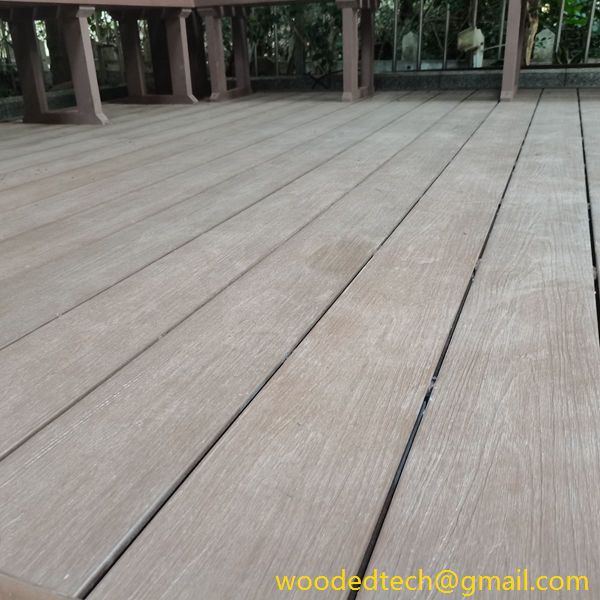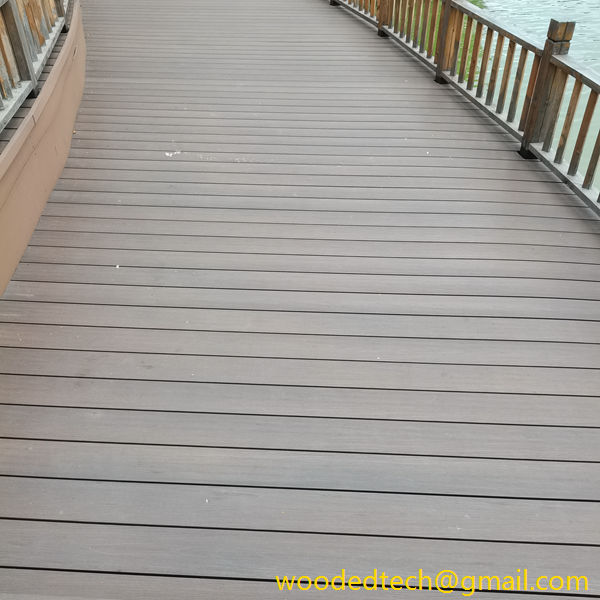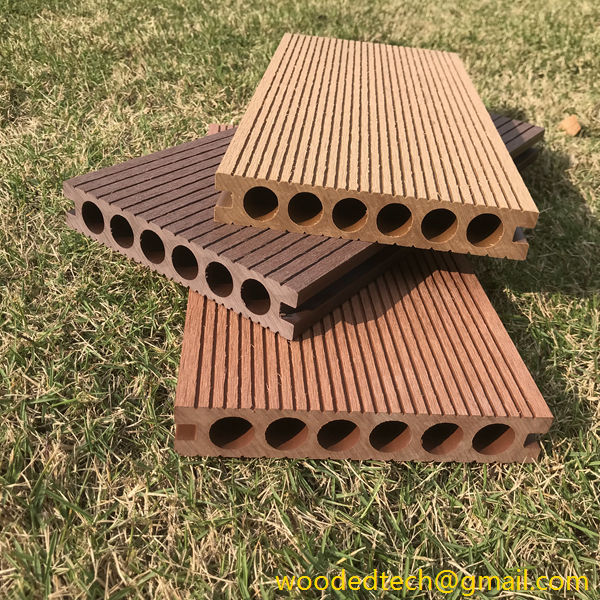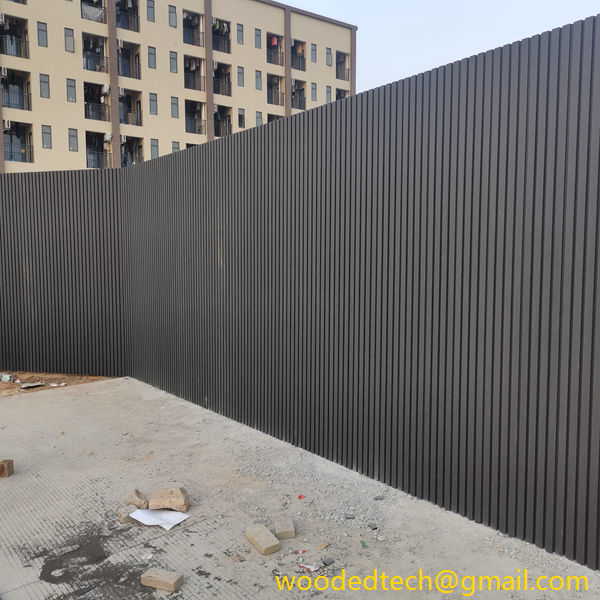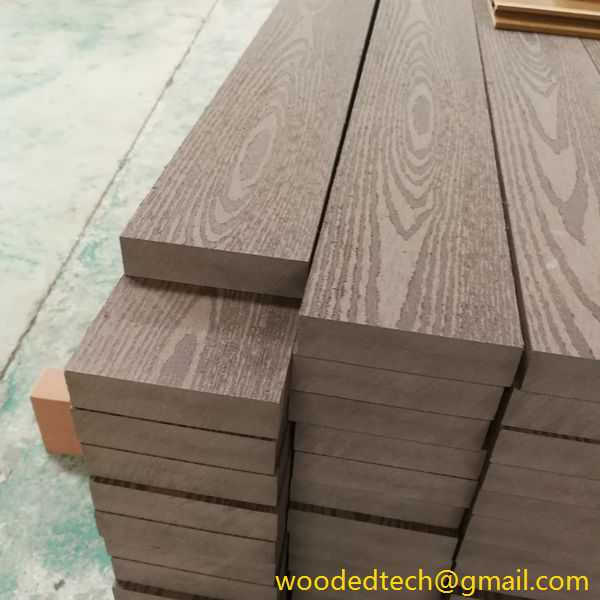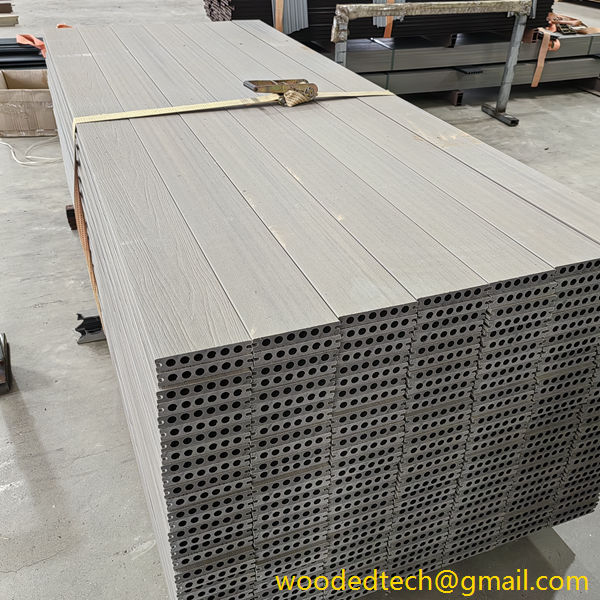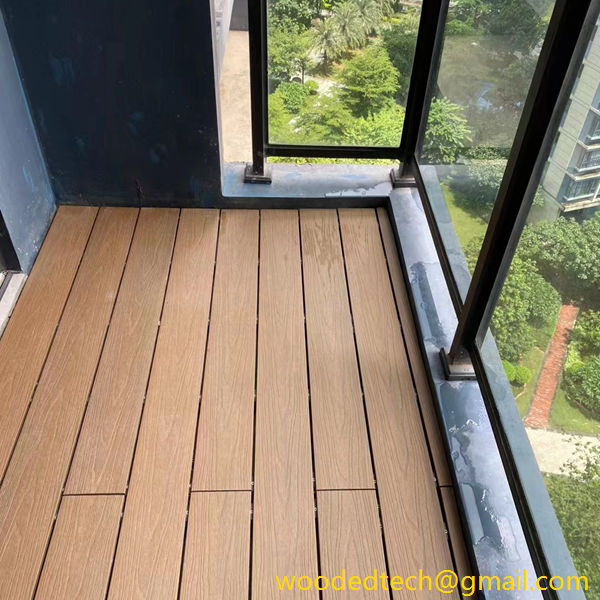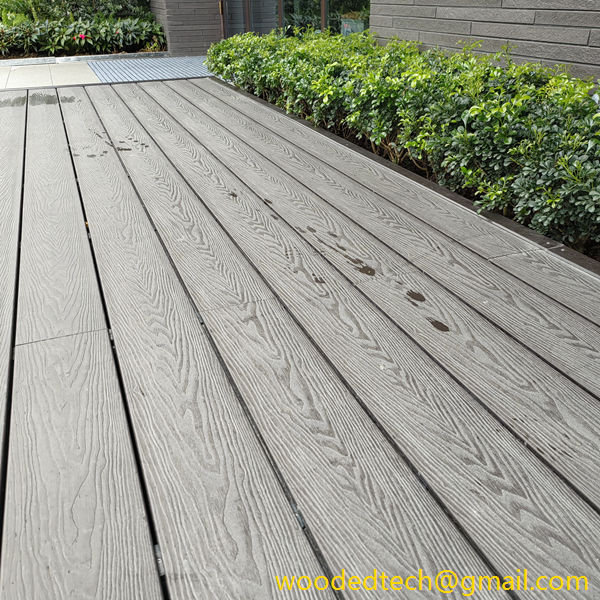WPC Capped Decking: The Advantages of Choosing WPC Capped Decking for Durability
WPC Capped Decking: The Advantages of Choosing WPC Capped Decking for Durability When it comes to selecting materials for outdoor decking, homeowners and builders alike are increasingly drawn to WPC capped decking. WPC, or Wood Plastic Composite, boasts a unique construction that combines the best attributes of both wood and plastic, resulting in a product…
WPC Capped Decking: The Advantages of Choosing WPC Capped Decking for Durability
When it comes to selecting materials for outdoor decking, homeowners and builders alike are increasingly drawn to WPC capped decking. WPC, or Wood Plastic Composite, boasts a unique construction that combines the best attributes of both wood and plastic, resulting in a product that delivers outstanding durability and aesthetic appeal. This decking solution is particularly relevant in today’s market, where sustainability and resilience are paramount. Here, we will delve into the advantages of choosing WPC capped decking, emphasizing its durability, maintenance benefits, and overall value proposition.
One of the standout features of WPC capped decking is its remarkable durability. Traditional wood decks, while beautiful, are prone to a myriad of issues such as warping, splintering, and rotting over time. Exposure to the elements—rain, sun, and extreme temperatures—can quickly take a toll on untreated wood. In contrast, WPC capped decking is engineered to withstand these environmental challenges. The composite materials used in WPC are designed to resist moisture, which significantly reduces the risk of mold and mildew growth that often plagues wooden decks. This moisture resistance is particularly beneficial in regions with high humidity or frequent rainfall.
Furthermore, the capped layer of WPC decking adds an extra level of protection. This outer layer is typically made of high-density polyethylene or a similar material that is resistant to fading, staining, and scratching. This means that the vibrant color of your deck will remain intact longer than that of traditional wood decking, which can become dull and faded due to sun exposure. The scratch resistance of WPC capped decking also means it can withstand the wear and tear of everyday use, making it an excellent choice for families with children or pets.
Another significant advantage of WPC capped decking is its low maintenance requirements. Homeowners often find themselves spending a considerable amount of time and money on maintaining their wooden decks. This includes regular staining, sealing, and cleaning to prevent decay and preserve the wood’s appearance. In contrast, WPC capped decking requires minimal upkeep. An occasional wash with soap and water is usually sufficient to keep it looking pristine. This ease of maintenance not only saves time but also reduces long-term costs associated with deck maintenance.
The environmental benefits of WPC capped decking are also worth noting. As the world becomes more environmentally conscious, many consumers seek sustainable building materials. WPC is often made from recycled materials, including reclaimed wood fibers and plastic, which helps to reduce waste and the demand for virgin resources. By choosing WPC capped decking, homeowners can enjoy a beautiful outdoor space while also making a positive impact on the environment. This eco-friendly aspect aligns well with the growing trend of sustainability in construction and home improvement.
In addition to its durability and low maintenance, WPC capped decking offers versatility in design. Available in a variety of colors, textures, and finishes, WPC decking can easily mimic the appearance of natural wood while providing the additional benefits of composite materials. Whether you prefer the rustic charm of a weathered wood look or a sleek, modern aesthetic, there is a WPC capped decking option to suit your style. This versatility allows for greater creativity in outdoor design, enabling homeowners to create customized spaces that reflect their personal tastes.
Moreover, WPC capped decking is engineered for safety. Many products on the market are designed to be slip-resistant, making them suitable for pool areas and other wet environments. This feature not only enhances safety but also contributes to the overall enjoyment of outdoor spaces, allowing families to use their decks without the constant worry of slips and falls. Additionally, the materials used in WPC capped decking are often free of harmful chemicals found in some treated woods, making them a safer choice for both people and pets.
Cost-effectiveness is another factor that cannot be overlooked when considering WPC capped decking. While the initial investment may be higher than that of traditional wood, the long-term savings associated with lower maintenance costs, reduced replacement needs, and increased durability make it a wise financial decision. Over time, the total cost of ownership for WPC capped decking can be significantly lower than that of wood decks, particularly when factoring in the expenses related to upkeep and repairs.
In conclusion, choosing WPC capped decking offers a multitude of advantages that make it an attractive option for modern outdoor spaces. Its durability, low maintenance needs, environmental benefits, design versatility, safety features, and financial viability all contribute to its growing popularity among homeowners and builders. As outdoor living spaces continue to gain importance, investing in high-quality decking solutions like WPC capped decking ensures that these areas remain beautiful, functional, and sustainable for years to come. Whether you are building a new deck or replacing an existing one, WPC capped decking is a choice that combines practicality with aesthetic appeal, making it a smart addition to any home.

